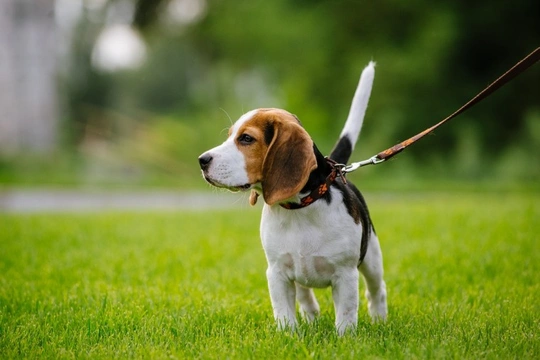
How to walk your dog effectively during the Covid 19 coronavirus Stay at Home restrictions
Covid 19 coronavirus has, within a very short space of time, dramatically transformed virtually everything about how we as people take care of ourselves and live our lives. This unprecedented situation and the government’s “Stay at Home” restrictions published in the wake of it mean that even how we meet our basic needs like shopping for food, and exercising, have changed; and so too has how we care for our dogs.
The Covid 19 social distancing restrictions mean that we’re only able to leave home to go to and from work, for essential shopping and medical reasons, and for one period of exercise a day, and this has proven very hard for many of us to get to grips with, both logistically and emotionally. However, our dogs don’t understand what is going on and why, for many of them, their lives have dramatically changed; particularly when it comes to things like having their owners home all day with them, and changes to their normal walking routine.
If your dog is used to being exercised twice a day or in a certain place and area, the impact of the stay at home restrictions might have hit them quite hard. Additionally, if your dog is very fit and active and normally spends a lot of time outdoors running around, providing for all of their needs at this time can be challenging.
This is especially true given the government’s instruction on people only leaving home for exercise once a day; so, how can you walk your dog effectively during the Covid 19 coronavirus restrictions and fulfil all of their needs?
This article will advise on how to give your dog the best possible walks they can get within the restrictions and safety guidelines in place. Read on to learn more about walking your dog effectively during the coronavirus restrictions.
One period of outdoor exercise per person a day
The government’s Covid 19 coronavirus restrictions to slow the spread of the condition mandates that when it comes to exercising, people may leave their homes once per day to take part in outdoor physical activity. Obviously if you have a dog, this will need to be their walk!
This means if you usually walk your dog twice a day they’re going to lose their second walk, but there is no time limit mandated for how long the one walk can be, so if your dog is used to getting two walks, making their one walk longer and more varied can help to make up the shortfall.
Multiple householders can mean multiple walks
If you share your home with someone and as long as all of you are healthy and not self-isolating, you can each use your period of outdoor exercise to walk the dog, potentially permitting your dog to get their usual number of daily walks if this is generally two or more.
Walk a neighbour’s dog and have them walk yours for extra exercise
If you have neighbours with dogs, why not contact them (remotely of course!) to arrange to set up a walking rota. If both you and a neighbour take both dogs once per day each, your dogs will each get two walks, and also the valuable opportunity to socialise with each other too, which is very important for dogs.
Remember to make handovers without contact and practice good hygiene and hand washing.
Pick quieter times of day to maintain social distancing
However you accommodate for your dog’s need for exercise, avoiding contact with other people during your walk is vital to help to slow the spread of Covid 19 and to stay within the government guidelines.
This means that you should try to pick quieter times of day for the walk, when you won’t cross over with as many people. As we come into summer this will also mean likely picking early morning or late evening, to avoid the hottest part of the day when dogs are at higher risk of heatstroke too.
Avoid popular parks and areas with lots of foot traffic
The usual parks and dog walking spots you might use in normal times may be deserted at the type of times you usually go, but now that the country’s movement is restricted and people are struggling to exercise during the window of time they are given, this may all change.
Parks and beauty spots that are often deserted may be busier than normal, so you might need to rethink where you take your dog for their walks to avoid this and to maintain your social distancing.
Keep your dog under close control, as losing them would be an acute problem
It is vitally important that dog owners keep their dogs under control at all times anyway, and this becomes more acute in spring when dogs can worry sheep and pose a threat to flocks. This is even truer now with the Covid 19 restrictions in place, as if your dog ran off or got lost, you would not be able to rope in help and have lots of people out looking for them without risking breaking the law and exposing a lot of people to unnecessary risk.



